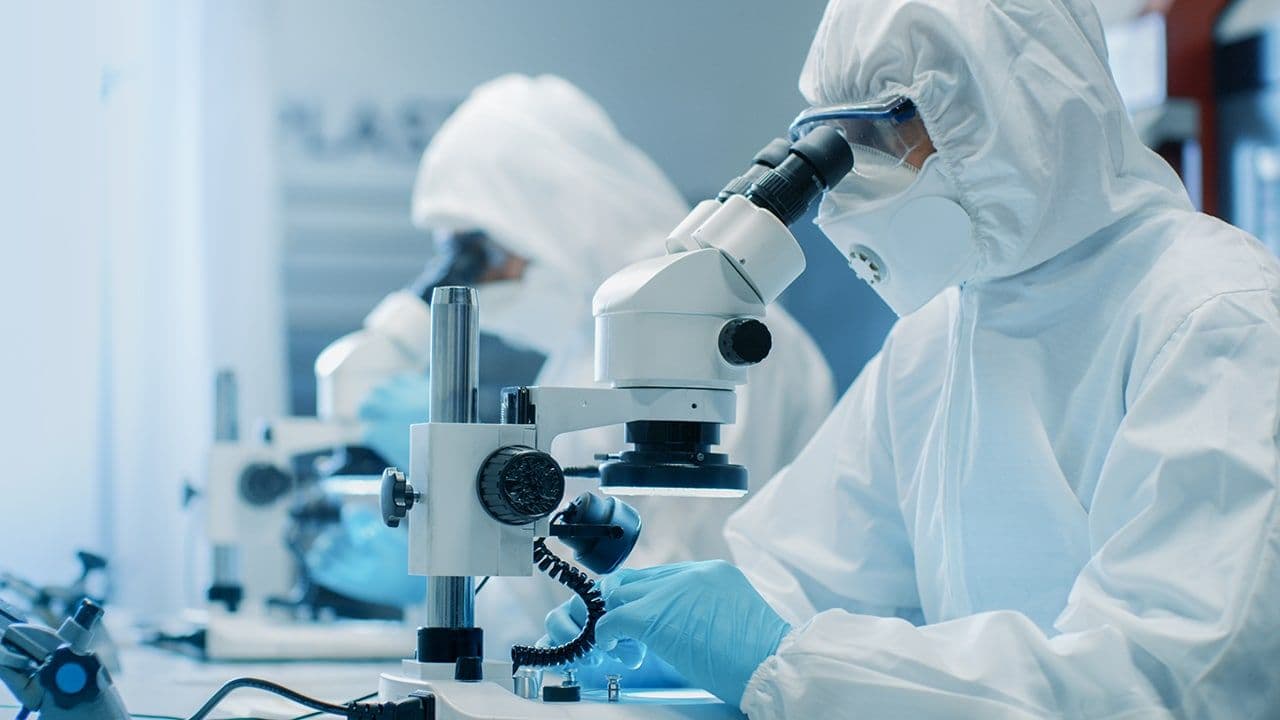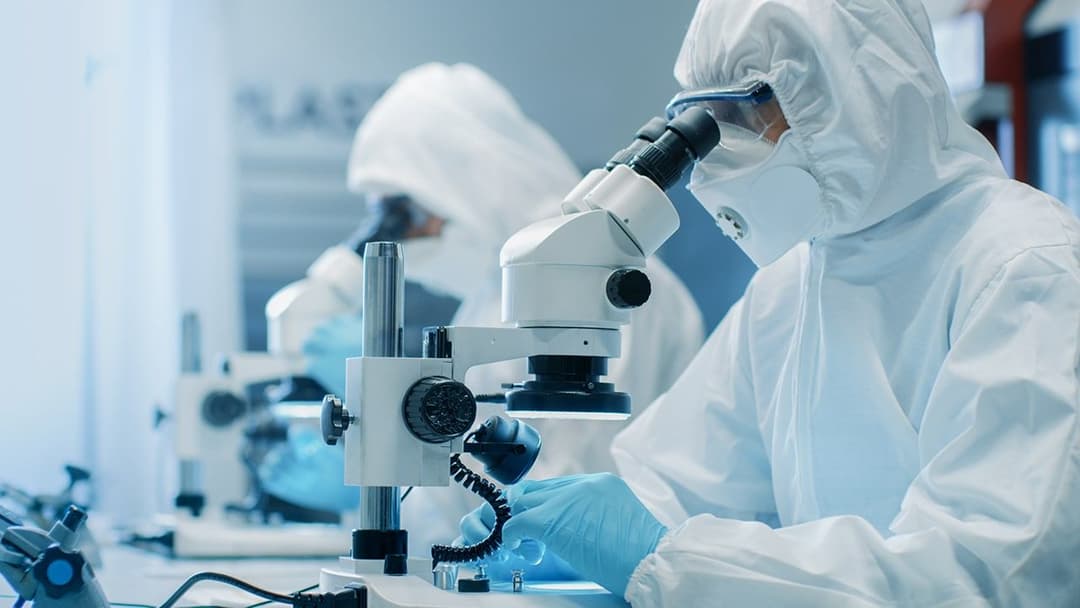

Benefits of a Cleanroom
Benefits of a Cleanroom
Cleanrooms provide companies with customised solutions in high-performance environments so they can meet the highest manufacturing standards ISO 14644 defines a cleanroom as; "A defined space within which the number concentration of airborne particles is controlled and classified, and which is constructed and operated in a manner to control the introduction, generation, and retention of Cleanrooms provide companies with customised solutions in high-performance environments so they can meet the highest manufacturing standards
ISO 14644 defines a cleanroom as;
A defined space within which the number concentration of airborne particles is controlled and classified, and which is constructed and operated in a manner to control the introduction, generation, and retention of contaminants inside the space.
There are 9 ISO classifications — ISO 1, ISO 2, ISO 3, ISO 4, ISO 5, ISO 6, ISO 7, ISO 8, and ISO 9, with ISO 1 as the cleanest while ISO 9 is considered the dirtiest.
The ISO 14644 standard also mentions the products and processes that benefit from the control of contamination which it says include those in such industries as aerospace, microelectronics, optics, nuclear, and life sciences (pharmaceuticals, medical devices, food, healthcare).
Cleanrooms are now increasingly becoming in demand, with the cleanroom industry reportedly being valued at over 4.0 billion dollars in 2020.
Here are some of the main benefits of a cleanroom:
Industry compliance
The number one reason that most cleanrooms are commissioned is to comply with industry standards which can be adhered to with cleanroom validation and certification. These standards may have been imposed by the industry, the customer or the Government. They can be global or have local variations.
In some industries the drive for the use of cleanrooms is safety and in others it is yield. Whichever is the priority there will be an audit to ensure that the supplier has a cleanroom and that that cleanroom is being used and maintained according to the standards detailed in the specification.
Improve brand reputation and product ranking
The control of contaminants and other environmental factors will increase the efficiency, accuracy and life cycle of certain components.
Investing in cleanroom technology will improve product ranking as it gives potential customers a clear message of dedication to create the best possible product or service.
Allows for Experimental Procedures
Cleanrooms facilitate technological advancement and medical innovation. Researchers require control of all variants and a critical part is of course the environment in which a process is performed. Companies with cleanrooms can conduct experimental procedures and confidently report their findings.
Customised Solutions
Cleanroom standards stipulate the maximum number of particles to be present in the air but there are many industries and materials that are sensitive not only to particulate but to other environmental factors such as biological particles, ESD, static, light, temperature and humidity. A cleanroom will help you to control factors increasing the safety and or yield of your production.
Viable particles
A sterile cleanroom is one which monitors not only the size and amount of any particulate but also the nature of these particles. Are they viable /biological particles (Bacteria, spores, fungi etc) or no-viable particles (dead skin cells, dust from mechanical parts in the cleanroom, fibres from clothing etc)?
Further tests are required in these cleanrooms to determine the make up of the particles. In these rooms the make up of all particulate needs to be continually monitored and the equipment required to do this can be either free standing or it can be built into the cleanroom.
ESD (Electrostatic discharge)
Static can cause huge problems, mainly to those working with electronics. The control of static build up in a cleanroom starts with the design and material selection of the space. Even in a well designed cleanroom air is moving over material and so static will be generated. Controlling the static discharges needs to be managed through a grounding system. The grounding system needs to be designed into the room and connected to the earthing system of the facility.
Light
Many industries require the control of light within their cleanroom especially those working with mask aligners for photolithography in optics and lasers. Cleanrooms can be designed to have duel lighting control for example normal daylight (6000k) and a controlled yellow light.
Other environmental factors
Particulate control is the underlying backbone to a cleanroom classification but it is vital to some processes, components and materials to also control other environmental factors such as temperature and humidity.
In order to design these controls into the air handling system a detailed specification is required including information on the electrical loading of the equipment in the cleanroom, the number of people in the cleanroom, the target set point, average ambient readings and an accepted variant.
Are you looking to have a cleanroom installed? Contact us now to know more! We’d be more than happy to discuss your needs.